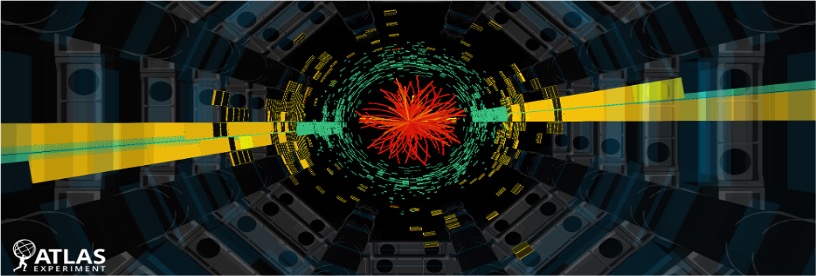The Liverpool ATLAS group searches for BSM physics, which can answer the above questions, in a variety of ways. We look for new, weakly interacting particles (WIMPs) that could be Dark Matter candidates via missing transverse energy signals, as well as richer hidden sectors of matter via the mediator particles that couple them to the SM. Examples include invisibly-decaying Higgs bosons and axion-like particles (ALPs) with a range of lifetimes. Supersymmetry (SUSY), one of the best known BSM models, pairs each SM particle with a heavier superpartner, addressing many of the above SM limitations. We search for SUSY in final states with heavy-flavour quarks and compressed scenarios via unique “disappearing-track” signatures. Beyond SUSY, we explore generic heavy resonances, like Z’ and W’ bosons, up to TeV masses and investigate leptoquarks, which may unify quarks and leptons. We also test fundamental SM principles by searching for Lorentz and CPT violation through time-dependent Z-boson analyses. These diverse efforts aim to uncover new physics beyond the SM.
Academic and Research Staff
- Dr John Anders
- Dr Jordy Degens
- Prof Monica D’Onofrio
- Prof Carl Gwilliam
- Prof Uta Klein
- Prof Andy Mehta
- Dr Nikos Rompotis
PhD Students
- Mr Mehul Depala
- Miss Rebecca Irwin
Back to: Department of Physics
